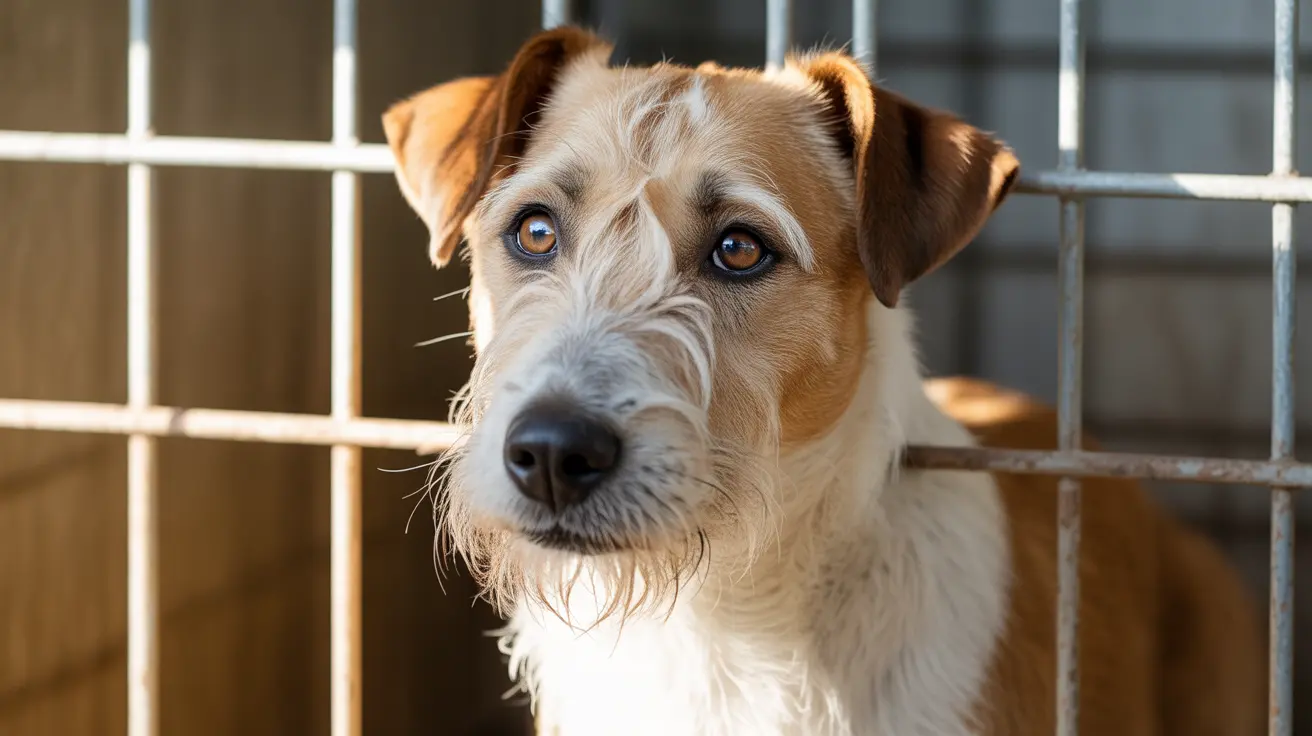Is an American Staffordshire Terrier a Good Family Dog?
The American Staffordshire Terrier, often affectionately called an “AmStaff,” is a breed that has long been misunderstood due to its shared ancestry and resemblance to the American Pit Bull Terrier. However, when raised in a loving, structured environment, the AmStaff has proven to be an incredibly loyal, affectionate, and family-oriented companion.
Breed Origins and Characteristics
The American Staffordshire Terrier descends from early bulldog-terrier crosses used in bull- and bear-baiting in the UK. As these practices became outlawed, the dogs transitioned into roles as working and companion animals. Eventually, in the United States, selective breeding gave rise to the distinctly American version of the breed: the AmStaff.
Recognized by the American Kennel Club (AKC), the AmStaff was developed for its companionship qualities rather than for fighting. It has since gained a reputation as a loyal and playful household pet.
Why the AmStaff Can Be a Great Family Dog
- Loyalty and Devotion: One of the defining characteristics of AmStaffs is their unwavering loyalty to their owners. They crave human interaction and tend to form deep bonds with all family members.
- Affectionate Nature: These dogs are known to be affectionate and enjoy cuddling and spending time with their people. They are typically great with children and thrive in a family setting when properly trained and socialized.
- Playful and Energetic: AmStaffs love playing fetch, going on walks, or engaging in agility activities. Their energy makes them ideal companions for active families.
- Protective Instincts: While not aggressive by nature, AmStaffs are protective of those they love. With early socialization, they display excellent guardian traits without being reactive.
Training and Socialization
Like any strong-willed, intelligent breed, the AmStaff benefits greatly from early and ongoing socialization and positive reinforcement training. These practices ensure your dog matures into a well-behaved, balanced adult, comfortable around various people, animals, and environments.
Training should begin the moment you bring your puppy home. Behavioral development is highly influenced by consistency, patience, and encouragement.
- Start young: Socialize your AmStaff with children, pets, and strangers.
- Use positive reinforcement: Reward systems work far better than punishment.
- Engage in mental stimulation: Use puzzles, scent games, and agility challenges.
Exercise Needs
An active family lifestyle matches perfectly with an AmStaff's energy levels. Lack of physical and mental stimulation may lead to undesirable behaviors such as chewing or barking.
- Daily walks or jogs help burn off energy.
- Games like tug-of-war and fetch enhance bonding.
- Participation in agility or scent-work can offer mental stimulation.
Living Arrangements
While adaptable, the AmStaff does best in homes that provide enough room to move and play. Apartment living can be viable, but only with a solid commitment to daily walks and interactive play sessions.
It’s important to note that these dogs thrive in environments where they're not left alone for long periods. Prolonged isolation can lead to separation anxiety and destructive behavior.
Grooming and Maintenance
The AmStaff possesses a short, glossy coat that’s relatively low-maintenance. Grooming requirements are as follows:
- Brushing: Weekly brushing keeps the coat healthy and reduces shedding.
- Bathing: Occasional bathing is sufficient unless your dog plays in mud or gets extra dirty.
- Ear cleaning: Periodically clean their ears to ward off infections.
Common Health Concerns
Like all breeds, the American Staffordshire Terrier is susceptible to certain health conditions. Awareness and preventive care can prolong your pet’s life and improve quality of life:
- Hip and elbow dysplasia
- Skin allergies
- Hypothyroidism
- Cerebellar ataxia (rare)
- Progressive retinal atrophy
With proper nutrition, exercise, and veterinary care, the AmStaff's average life expectancy is between 12–16 years.
Suitability for Families with Children and Pets
AmStaffs can form deep, protective bonds with children, often becoming their favorite companion. However, adult supervision is essential during interactions to ensure safety and mutual respect.
With other pets, especially dogs, an AmStaff's compatibility largely depends on early and ongoing socialization. While not inherently aggressive toward other animals, they can show dominant tendencies if not trained appropriately.
Temperament and Misconceptions
The public perception of the American Staffordshire Terrier has often suffered due to its relation to the “pit bull” group and a history of misuse in dog fighting. It’s crucial to understand that breed temperament is shaped more by upbringing and environment than genetics alone.
Well-bred and well-trained AmStaffs are typically:
- Gentle
- Patient
- Even-tempered
- People-oriented
In the hands of responsible owners, the AmStaff’s true personality shines as a loving, patient, and gentle companion.
Conclusion
The American Staffordshire Terrier, with its muscular build and confident demeanor, is often misjudged. But beneath that athletic exterior lies a heart full of affection, loyalty, and joy. With proper training, socialization, and abundant love, the AmStaff makes a fantastic addition to family life, especially in homes committed to an active and engaged lifestyle.





